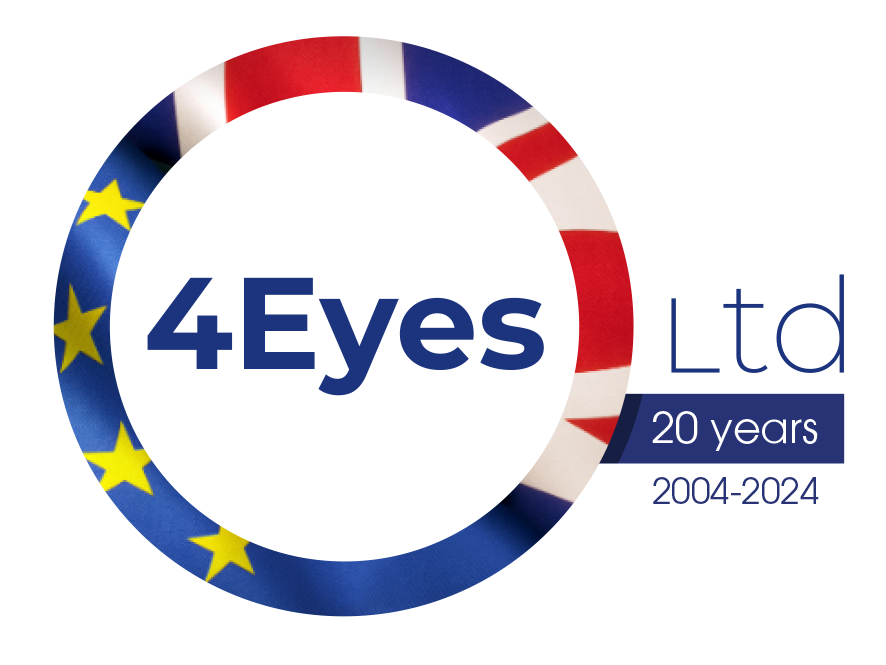UK EPR Packaging Reforms: 2025 Rates, Responsibilities and What Comes Next
The UK’s packaging Extended Producer Responsibility (EPR) reforms are now well underway, with the Government having confirmed the final base fees and a phased implementation schedule affecting all UK-based businesses that supply packaging.
This blog outlines the key elements of the EPR scheme as of mid-2025, including the newly published rates, compliance duties, future modulation plans, and the confirmed use of revenues by local authorities.
🔍 What Is the EPR for Packaging?
Extended Producer Responsibility shifts the full financial burden of collecting, sorting, and recycling household packaging waste from local taxpayers to producers—those who place packaging onto the UK market.
This "polluter pays" principle is designed to encourage eco-design and boost recycling infrastructure across the UK.
📅 Key Dates and Milestones
Oct 2023 Data collection obligations began
Jan 2025 Legal enforcement of EPR began
Apr 2025 First reporting deadline for small producers
Oct 2025 First invoices issued and payments due
Jul 2026 Modulated fees based on recyclability to begin
🏢 Who Must Comply?
There are two categories of obligated businesses:
Large producers: turnover ≥ £2 million and handle ≥ 50 tonnes of packaging/year
Must register, report biannually, and pay full EPR fees (including modulated fees from 2026).
Small producers: turnover between £1 million and £2 million, handling ≥ 25 tonnes/year
Must report packaging data annually but are exempt from the disposal cost fees.
💷 2025 Base Fees – Confirmed Rates
Published 30 June 2025, the base fees per tonne of household packaging for 2025/26 are as follows:
Plastic £423
Fibre-based composite £461
Paper & cardboard £196
Glass £192
Steel £259
Aluminium £266
Wood £280
Other materials £259
These rates replace the previous illustrative figures and will be used to calculate invoices based on a business’s 2024 packaging data.
♻️ What Happens to the Money?
A critical update for producers: revenues from EPR fees will be ringfenced for recycling-related activities by local authorities. This includes:
Household packaging collection and sorting
Recycling infrastructure upgrades
Public education campaigns on recycling
Importantly, any underspend by local authorities will be subject to clawback, ensuring that funds are used strictly for their intended environmental purpose.
🔮 What’s Coming Next? Modulated Fees from 2026
From July 2026, packaging fees will be modulated based on their environmental impact—primarily recyclability. The Recyclability Assessment Methodology (RAM) will categorise packaging as red, amber, or green.
Producers using harder-to-recycle materials can expect higher fee multipliers, while easily recyclable packaging will receive discounted rates, providing a clear financial incentive to improve packaging design.
⚠️ Business Impact & Industry Response
The British Retail Consortium estimates the total cost to industry could exceed £2 billion annually
Cost pass-through to consumers may be significant (e.g. +£70/year to household grocery bills)
For drinks producers, EPR adds approximately 4–5p per bottle of beer or wine packaged in glass
Environmental campaigners welcome the investment boost, while some sectors fear unintended shifts to less sustainable formats (e.g. lightweight plastics)
📝 How 4 Eyes Ltd Can Help
Our environmental compliance and VAT experts assist producers with:
EPR scope reviews
Packaging data collection and audit preparation
Fee forecasting and modulation scenario modelling
Cross-border compliance through our EU partner network
If you're unsure how these changes affect your business—or how to prepare for the 2026 modulation system—contact the team at 4 Eyes Ltd for tailored support.
📧 info@4eyesltd.co.uk
🌐 www.4eyesltd.co.uk
